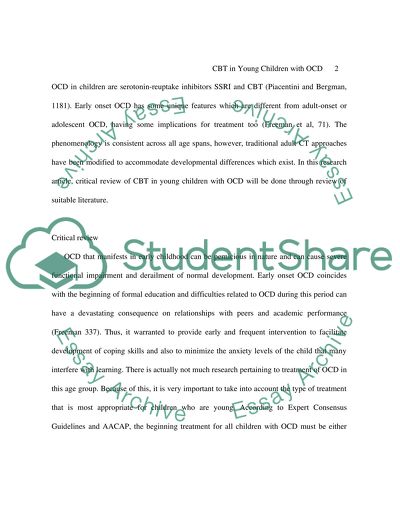Cite this document
(“Cognitive-behavioural therapy in young children with obsessive Research Paper”, n.d.)
Retrieved from https://studentshare.org/psychology/1417838-cognitive-behavioural-therapy-in-young-children-with-obsessive-compulsive-disorder
Retrieved from https://studentshare.org/psychology/1417838-cognitive-behavioural-therapy-in-young-children-with-obsessive-compulsive-disorder
(Cognitive-Behavioural Therapy in Young Children With Obsessive Research Paper)
https://studentshare.org/psychology/1417838-cognitive-behavioural-therapy-in-young-children-with-obsessive-compulsive-disorder.
https://studentshare.org/psychology/1417838-cognitive-behavioural-therapy-in-young-children-with-obsessive-compulsive-disorder.
“Cognitive-Behavioural Therapy in Young Children With Obsessive Research Paper”, n.d. https://studentshare.org/psychology/1417838-cognitive-behavioural-therapy-in-young-children-with-obsessive-compulsive-disorder.


